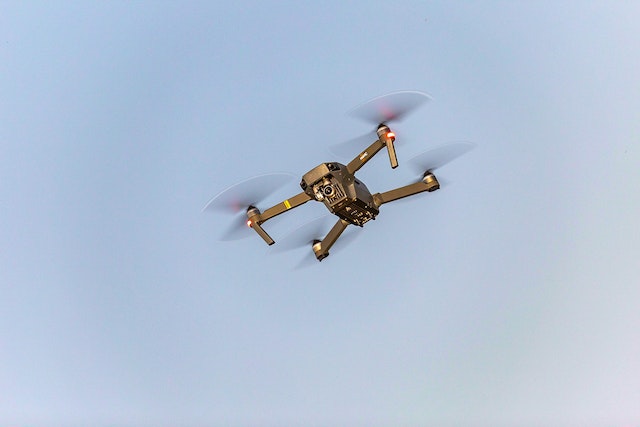Drone defense technology refers to the use of equipment and software that detect, identify, track and defeat a wide variety of unmanned air systems (UAS). It can provide protection against UAVs and can rapidly detect, identify, and defeat a wide variety of unmanned air systems. Drone defense offers automated capabilities that include autonomous responses to threats; automated identification of drones; integrated sensor fusion for improved situational awareness; and on-demand deployment or pre-deployment for combatant commanders (CCMDs) with limited resources.
Purpose of Drone Defense Technology
Purpose of Drone Defense Technology
The purpose of drone defense technology is to protect against drones and other unmanned aerial vehicles (UAVs). It provides a rapid detection, identification, and defeat capability for a wide variety of UAVs.
What is a Drone?
A drone is an unmanned aerial vehicle (UAV). These are typically controlled remotely, and are used for surveillance, combat and more.
How Does Drone Defense Technology Work?
Drone defense technology works by detecting and identifying the drone. Once it has been identified, the drone defense system can take action against the drone. This can be done manually or automatically by a human operator, or through an integrated artificial intelligence (AI) system. The drone defense system can also be deployed in a variety of environments, including urban areas where there are many people and buildings for protection from drones.
In general terms, there are two main types of systems used for anti-drone technology: radar-based systems and infrared (IR) camera systems. Radar-based systems use radio waves to detect threats at longer ranges than IR cameras do.
Drone Defense Technology can provide protection against UAVs and can rapidly detect, identify, and defeat a wide variety of unmanned air systems.
UAVs come in many shapes and sizes. They can be used for a variety of purposes, including surveillance, reconnaissance and combat. UAVs are also capable of carrying out attacks against targets such as enemy fighters or vehicles. They can be equipped with weapons like bombs, missiles or even other types of payloads such as biological agents.
In order to protect a country from these threats from unmanned air systems, there are two main ways: one is through jamming capabilities that disrupt the signal between the operator and their drone; the second is through directed energy weapons that destroy or disable the drone itself.
Conclusion
For example, one of the primary functions of drone defense technology is to detect, identify and defeat hostile UAVs. This means that when a drone flies within range of your system it will be able to identify its type and purpose. If the drone poses a threat then your system will take action against it by shooting out flares or other projectiles at speeds faster than any human could achieve with their hands alone (which puts traditional air defense systems at an inherent disadvantage).





